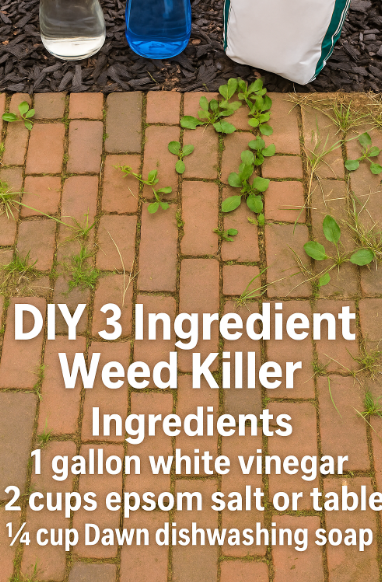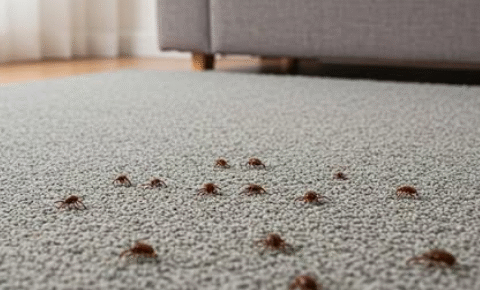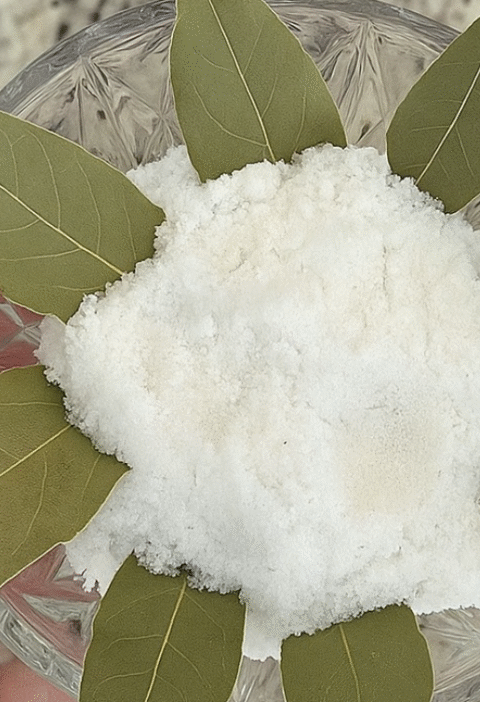Orchids are one of the most exquisite and rewarding houseplants, admired for their elegant blooms and exotic appearance.
However, many gardeners struggle to keep them healthy due to their unique care requirements.
Growing orchids successfully requires proper knowledge of watering, lighting, potting, and temperature management.
To help you avoid common pitfalls, we’ve compiled a list of the 15 most common mistakes people make when growing orchids and how to fix them.
1. Overwatering
One of the biggest mistakes orchid growers make is overwatering. Orchids do not like soggy roots, and excessive moisture can lead to root rot.
How to Avoid It:
Water only when the top inch of the potting mix is dry.
Use a well-draining orchid potting mix.
Choose a pot with sufficient drainage holes.
2. Using Regular Potting Soil
Orchids do not thrive in traditional potting soil, as it retains too much moisture and suffocates the roots.
How to Avoid It:
Use a specialized orchid mix containing bark, sphagnum moss, charcoal, or perlite.
Repot your orchid every 1-2 years to refresh the growing medium.
3. Placing Orchids in Direct Sunlight
While orchids need bright, indirect light, placing them in direct sunlight can lead to leaf burn.
How to Avoid It:
Position your orchids in an east-facing or filtered south-facing window.
If sunlight is too strong, use sheer curtains to diffuse light.
4. Neglecting Humidity Levels
Orchids thrive in high humidity environments, and dry indoor air can slow growth and reduce blooming.
How to Avoid It:
Maintain 40-70% humidity levels.
Place a humidity tray with pebbles and water under your orchid.
Use a humidifier in dry seasons.
5. Using Tap Water
Many orchids dislike the minerals and chemicals found in tap water, which can cause salt buildup and harm roots.
How to Avoid It:
Use distilled, rainwater, or filtered water.
If using tap water, let it sit for 24 hours to allow chlorine to dissipate.
6. Failing to Provide Proper Air Circulation
Stagnant air can lead to fungal and bacterial infections in orchids.
How to Avoid It:
Ensure proper air circulation by placing orchids in a well-ventilated area.
Use a small fan on a low setting if necessary.
7. Incorrect Fertilization
Too much fertilizer can burn orchid roots, while too little can lead to weak growth and fewer blooms.
How to Avoid It:
Use a balanced orchid fertilizer (20-20-20) at half-strength.
Fertilize once every two weeks during active growth.
Reduce fertilization in winter months.
8. Ignoring Repotting Needs
Keeping an orchid in the same pot for too long can lead to root crowding and nutrient depletion.
How to Avoid It:
Repot orchids every 1-2 years.
Use fresh orchid potting mix during repotting.
9. Letting Orchids Sit in Water
Leaving your orchid’s pot in a tray of stagnant water leads to root rot and fungal infections.
How to Avoid It:
Always empty the drip tray after watering.
Use pots with drainage holes to prevent standing water.
10. Pruning the Flower Spike Too Soon
After blooming, some orchids can rebloom on the same spike, but cutting it too soon eliminates this possibility.
How to Avoid It:
If the spike is still green, leave it.
Cut the spike back only when it turns brown.
11. Not Providing Proper Dormancy Period
Many orchids, such as Phalaenopsis and Dendrobium, require a cooler period to initiate reblooming.
How to Avoid It:
Reduce watering and fertilizer after blooming.
Expose the plant to cooler nighttime temperatures (55-65°F) for 4-6 weeks.
12. Using the Wrong Type of Pot
Plastic pots retain moisture, while clay pots dry out faster. Choosing the wrong type can affect plant health.
How to Avoid It:
Use clear plastic pots for monitoring root health.
Ensure proper drainage, whether using plastic or clay.
13. Moving Orchids Too Frequently
Orchids do not like frequent changes in environment and may experience shock.
How to Avoid It:
Once placed in an ideal spot, avoid moving your orchid unless necessary.
14. Not Cleaning Leaves and Roots
Dust and debris can block light absorption, while dead roots can cause infections.
How to Avoid It:
Wipe leaves with a damp cloth weekly.
Trim dead roots during repotting.
15. Expecting Instant Results
Orchids require patience. Many beginners expect constant blooms, but orchids have natural growing and resting phases.
How to Avoid It:
Accept that orchids bloom in cycles.
Focus on providing proper care rather than rushing results.
Growing orchids successfully requires attention to detail, patience, and the right care techniques.
By avoiding these 15 common mistakes, you can ensure your orchids stay healthy, vibrant, and bloom consistently.






